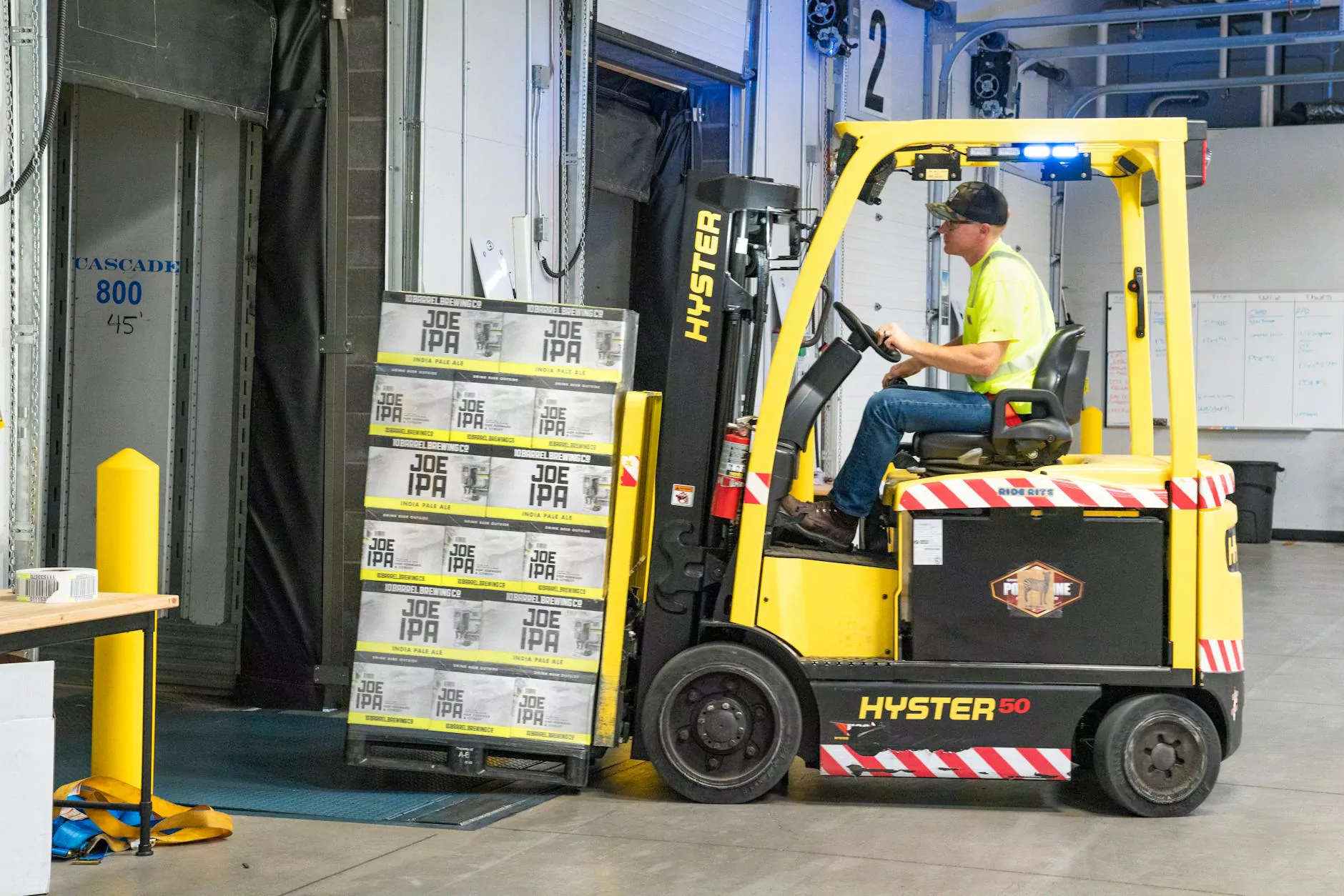Understanding Western Blot: A Deep Dive into Techniques and Applications

Western Blot is a powerful analytical technique widely used in molecular biology, biochemistry, and protein research. It allows scientists to detect specific proteins in a sample, providing insights into protein expression, function, and interactions. This comprehensive guide explores the various aspects of Western Blot, including its principles, procedures, applications, and recent advancements in the field.
The Principles of Western Blotting
The Western Blot technique involves several key steps that combine both gel electrophoresis and immune detection. Understanding these principles is essential for effective utilization of the method.
1. Sample Preparation
Before conducting a Western Blot, proper sample preparation is critical. This stage typically involves:
- Cell Lysis: Cells must be broken down to release proteins. Lysis buffers containing detergents and protease inhibitors are commonly used to ensure protein integrity.
- Protein Quantification: Accurate measurement of protein concentration is essential. Techniques such as the Bradford assay or BCA assay are used for quantification.
- Denaturation: Proteins are denatured with heat and reducing agents to ensure that they unfold, which facilitates accurate separation during electrophoresis.
2. Gel Electrophoresis
The next step involves separating proteins based on their molecular weight through polyacrylamide gel electrophoresis (PAGE). The proteins migrate through the gel when an electric current is applied, with smaller proteins traveling faster than larger ones.
This separation allows for the resolution of complex protein mixtures, enabling researchers to visualize distinct bands corresponding to specific proteins after staining.
3. Transfer to Membrane
Following electrophoresis, proteins are transferred onto a membrane (typically nitrocellulose or PVDF) using techniques like semi-dry or wet transfer methods. This step is crucial for the subsequent detection of proteins.
4. Blocking
To prevent nonspecific binding of antibodies, the membrane is blocked with a solution containing proteins (such as BSA or non-fat dry milk). This step minimizes noise in the detection process.
5. Immunodetection
The core of the Western Blot technique is the use of antibodies to detect specific proteins. Typically, this involves:
- Primary Antibody Incubation: The membrane is incubated with primary antibodies specific to the target protein.
- Secondary Antibody Incubation: A secondary antibody linked to a detectable enzyme (like horseradish peroxidase) is then applied. This amplifies the signal and allows for visualization.
6. Detection
Finally, substrates for the enzyme are added, leading to a chemiluminescent reaction. The resulting luminescence can be captured using imaging systems, and the intensity of the bands corresponds to the amount of the target protein present.
Applications of Western Blotting
The versatility of Western Blot makes it an invaluable tool in various research fields. Here are some prominent applications:
1. Disease Diagnosis
Western Blotting is crucial in clinical laboratories for diagnosing diseases such as:
- HIV: It is used as a confirmatory test post-ELISA to detect HIV antibodies.
- Lyme Disease: Detection of antibodies against Borrelia burgdorferi in patient serum.
- Viral Infections: Identification of viral proteins in various infections.
2. Protein Research
Western Blotting is fundamental in protein research, allowing scientists to:
- Study Protein Expression: Quantify protein levels in different tissues or during various experimental conditions.
- Analyze Post-translational Modifications: Examine modifications such as phosphorylation, glycosylation, and ubiquitination.
- Investigate Protein Interactions: Validate the interactions between proteins under study.
3. Drug Development
In pharmaceutical research, Western Blot is employed to evaluate drug effects on protein regulation and biomarker discovery, assisting in the design of new therapeutics.
4. Cancer Research
Western Blotting plays a significant role in cancer research by helping to:
- Detect Tumor Markers: Identify and quantify proteins associated with specific cancers.
- Understand Cancer Pathways: Study signaling pathways involved in tumorigenesis through protein expression analysis.
Innovations in Western Blotting Technology
As technology advances, so does the Western Blot technique. Innovations continue to enhance its accuracy and efficiency:
1. Automated Western Blotting Systems
Automation has revolutionized the Western Blot process. Automated systems reduce human error, increase reproducibility, and save time by performing multiple steps in a single run.
2. Novel Detection Methods
Recent advancements include:
- Fluorescent Detection: Increased sensitivity and dynamic range compared to traditional chemiluminescence.
- Mass Spectrometry: Combining Western Blotting with mass spectrometry enhances protein identification and characterization.
3. Multiplexing Techniques
Multiplexing allows the simultaneous detection of multiple proteins in a single sample, significantly improving throughput and data richness.
Western Blot Troubleshooting Tips
While Western Blot is a robust technique, researchers may encounter common issues. Here are some tips for troubleshooting:
1. Weak or No Signal
If the signal is weak or absent:
- Ensure proper antibody concentrations are being used.
- Check that the protein transfer to the membrane was complete.
- Reassess blocking conditions to minimize nonspecific binding.
2. High Background Signal
A high background can interfere with results:
- Consider optimizing the blocking reagent concentration.
- Try using a wash buffer with detergent to reduce nonspecific binding.
3. Multiple Bands
To address multiple bands:
- Verify the specificity of the primary antibody.
- Optimize gel concentration for better resolution of proteins.
Conclusion
In conclusion, Western Blot is an indispensable technique in contemporary biological research and diagnostic applications. Its ability to provide in-depth information about protein presence and quantity has made it a standard method in laboratories worldwide. As advancements continue in automation, multiplexing, and detection methods, the future of Western Blotting looks promising, paving the way for new discoveries and innovations in various fields.
With the right understanding and application, researchers can leverage Western Blot to unlock the mysteries of protein behavior, contributing significantly to advancements in health, medicine, and biological sciences. For more information on Western Blot techniques and applications, visit Precision Biosystems.









